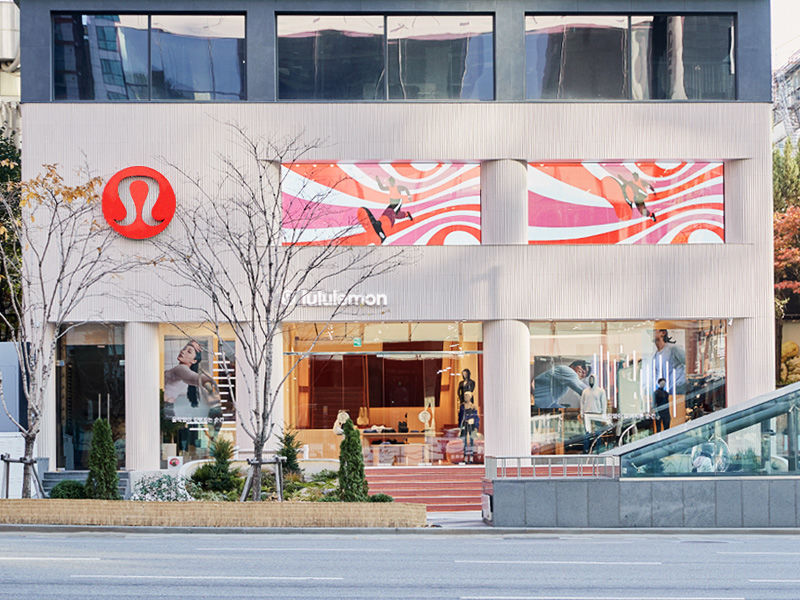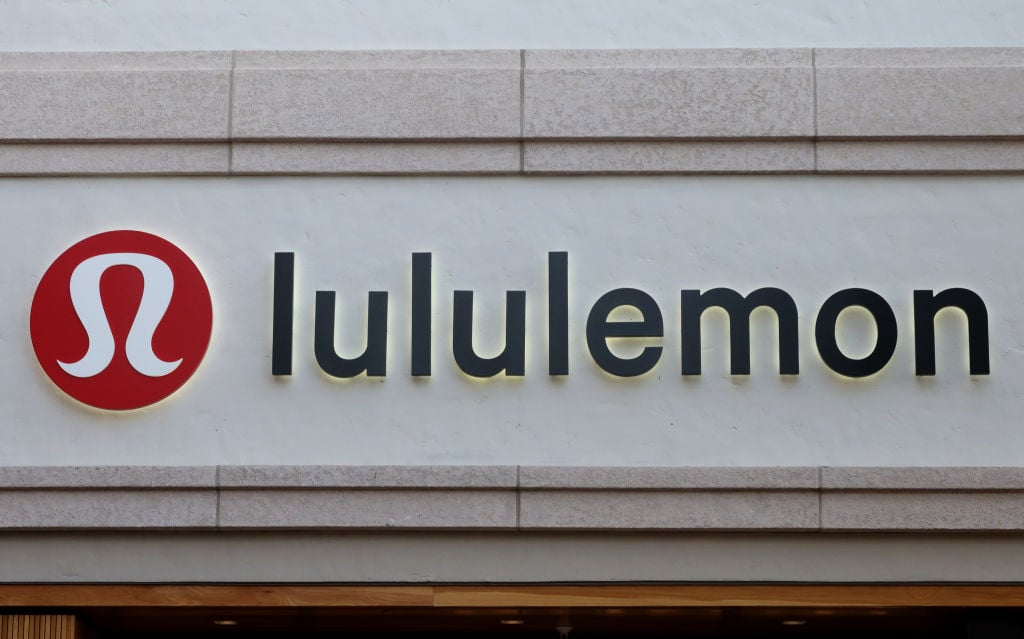Even though lululemon athletica (LULU +2.52%) stock declined about 4% after reporting fiscal first-quarter earnings, shares have recovered and continue to trade near 52-week highs amid a global recession with record levels of unemployment and uncertainty in the U.S. around containment of the COVID-19 outbreak.
Given the company's products are highly discretionary luxury items, could it have some difficulty resuming pre-recession growth levels?

Image source: Lululemon.com.
The company's recent earnings report showed e-commerce strength
Lululemon reported a first-quarter revenue decline of 17% as a result of the pandemic and subsequent store closures. Earnings per share of $0.22 missed analyst expectations of $0.27, and revenue also came in at $652 million, below estimates of $696 million.
Its strong e-commerce revenue, which increased 68% year over year in the quarter, was not enough to offset the decrease from store closures. The activewear retailer did not report comparable-store sales for the quarter, but Lululemon's business was strong prior to COVID-19 with total comps growing around 20% through early March.
Will growth resume as stores reopen?
Lululemon has reopened 300 global stores since mid-May. CFO Meghan Frank said on the earnings call, "We are very pleased with the response received from our guests in areas where our stores are open. In China, where our stores have been up and running the longest, we've seen store comps increase approximately 20% in most recent weeks." She also commented on North America exceeding expectations. The company sees total revenue in the second quarter decreasing in the high-single-digit range, gradually picking up to a high-single-digit increase in the fourth quarter. While management is optimistic, it isn't providing specific guidance for the second quarter or full fiscal year.
The retailer is sticking to its previously announced areas of focus to drive revenue. CEO Calvin McDonald reiterated Lululemon's three key growth strategies: double men's, double digital, and quadruple international by the end of 2023.
Shoppers increasingly favor comfortable, casual clothing, and the growth of athleisure apparel will continue to boost Lululemon's revenue. The global athleisure market is projected to grow 6.7% annually through 2026, to reach $257.1 billion. With millions more people working from home, Lululemon should see additional demand for yoga and lounge wear. The company announced it is launching three new pant styles, which boast Lululemon's popular fit and technical fabric, for out-of-studio use in the summer.
While the company will likely see results improve as stores reopen, consumers may remain cautious given the recession and uncertainty around COVID-19. Unemployment is high, and a recent increase in new COVID-19 is likely to hurt consumer confidence -- not ideal for a retailer like Lululemon that sells luxury clothing and accessories.
Lululemon's financial position is good, but its valuation is lofty
The company's balance sheet is fairly strong, as it ended the latest quarter with $1.2 billion in liquidity. The company also announced plans to cut back on its planned capital expenditures, but it will still invest in digital and fulfillment projects. Frank is also confident that Lululemon would not have to mark down much of its inventory because of the "relatively high percentage of core product, about 40% overall, that has a shelf life beyond the current season and with limited markdown risk."
Overall, while Lululemon has navigated the choppy environment fairly well, the ongoing uncertainty in the global economy could hold back its growth for the rest of the year if not longer. Consumers are more likely to favor lower-priced and discount products until there is more stability around the world. Trading at a forward price-to-earnings multiple of 64, Lululemon stock is too pricey in the current market.






